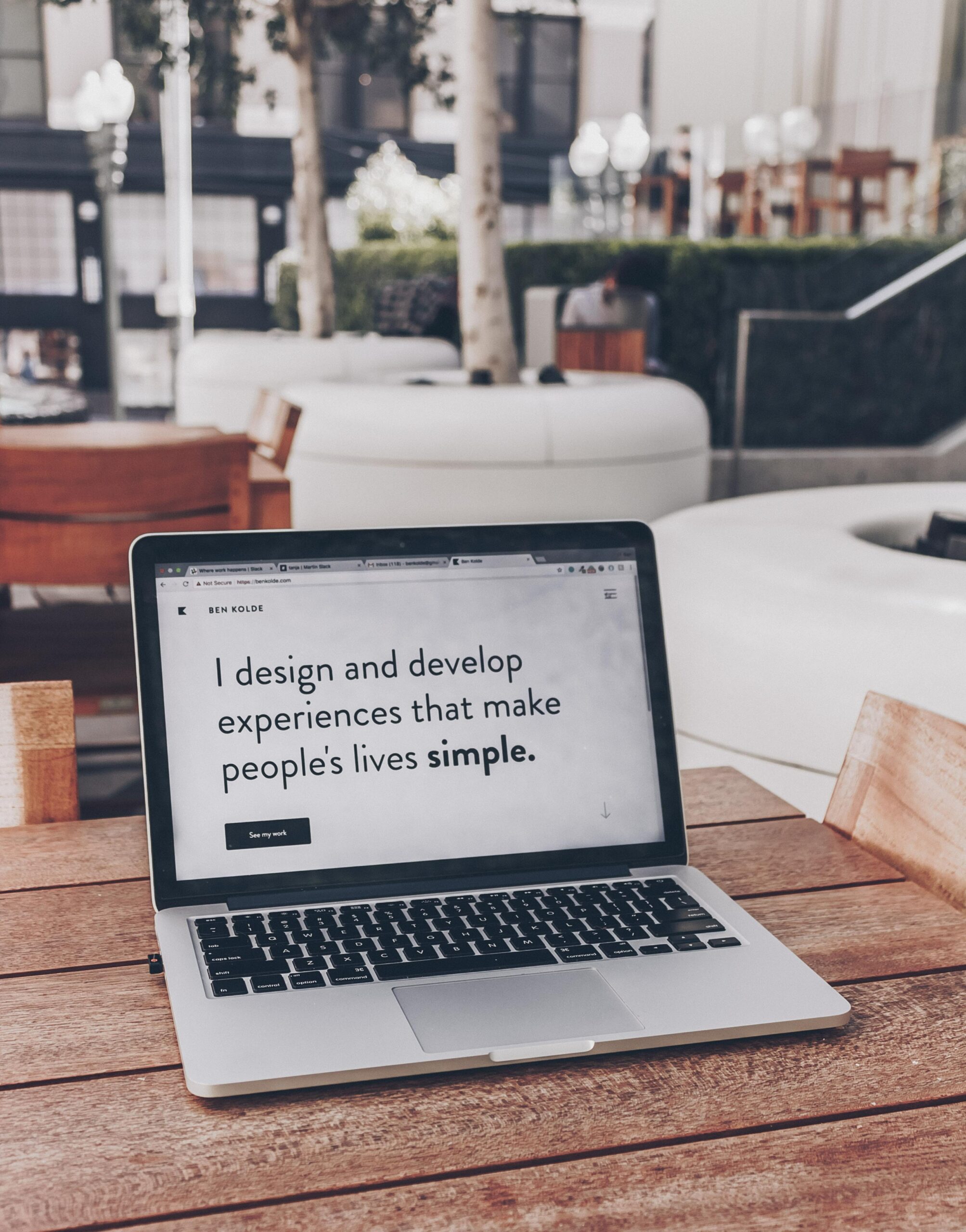
Getting Started with Web Accessibility: Tips and Best Practices
Web accessibility is crucial for ensuring that everyone, regardless of their abilities, can access and use the internet. By following best practices for accessibility, you can make your website more inclusive and user-friendly for all visitors. In this article, we'll explore the importance of accessibility and provide tips and guidelines for implementing accessibility best practices on your website. Whether you're just starting out with web accessibility or looking to improve your current efforts, these resources will help you create an accessible and enjoyable experience for all users.
What is web accessibility and why is it important?
Web accessibility refers to the practice of making websites and web applications usable by people of all abilities and disabilities. This includes those who may use assistive technologies, such as screen readers or keyboard-only navigation, as well as those with temporary or permanent disabilities, such as vision impairment or mobility issues.
Ensuring that your website is accessible has several benefits. First and foremost, it allows everyone to have equal access to information and services on the web. This is important not only from a moral standpoint, but also from a legal perspective. In many countries, there are laws and regulations that require websites to be accessible to people with disabilities.
In addition to being the right thing to do, making your website accessible can also have practical benefits for your business or organization. By designing your website with accessibility in mind, you can potentially reach a wider audience and increase your customer base. Accessibility can also improve the overall user experience for all visitors to your site, as it makes it easier to use and navigate.
Finally, investing in web accessibility can also help to improve your search engine optimization (SEO) and increase your website's visibility online. Search engines like Google consider accessibility as a ranking factor, so a more accessible website is more likely to rank higher in search results.

Understanding web accessibility guidelines and standards
Web accessibility refers to the practice of making websites and web applications usable by people with disabilities. There are various guidelines and standards that have been developed to help ensure that websites are accessible to users with disabilities.
One of the most widely recognized guidelines is the Web Content Accessibility Guidelines (WCAG), developed by the World Wide Web Consortium (W3C). WCAG consists of a set of recommendations for making web content more accessible to people with disabilities, including visual, auditory, physical, speech, cognitive, and neurological impairments.
WCAG is organized into four principles: perceivable, operable, understandable, and robust. These principles cover a wide range of accessibility issues, including the use of alternative text for images, the provision of captions and transcripts for audio and video content, and the use of clear and simple language.
WCAG also includes specific success criteria that websites must meet in order to be considered accessible. There are three levels of conformance: A, AA, and AAA. Level A represents the minimum level of accessibility, while level AAA represents the highest level of accessibility.
It is important for website owners and developers to understand and follow web accessibility guidelines and standards in order to ensure that their websites are accessible to as many users as possible.
How to make your website more accessible
Web accessibility refers to the practice of making websites and web applications usable by people with disabilities. This includes individuals who are blind or visually impaired, deaf or hard of hearing, mobility impaired, and those with cognitive or learning disabilities.
There are several ways you can make your website more accessible:
- Use proper headings and structure: Use heading tags (H1-H6) to mark up the hierarchy of your content and make it easier for screen reader users to navigate.
- Provide alt text for images: Alt text (short for alternative text) is a description of an image that is displayed if the image cannot be seen. Alt text is important for users who are blind or visually impaired, as it allows them to understand the content of the image.
- Use descriptive link text: Make it clear where a link will take users by using descriptive link text. Avoid using "click here" or "read more" as the link text, as these phrases do not provide any context.
- Make sure your website is easy to navigate: Use clear and descriptive page titles and provide a clear hierarchy of information. Use lists, headings, and other formatting techniques to make your content easy to scan.
- Use color contrast: Make sure the text and background colors on your website have sufficient contrast. This is important for users who are colorblind or have low vision.
- Test your website: Use tools like a screen reader or a keyboard emulator to test your website and identify any accessibility issues. You can also use online tools to check for color contrast and other accessibility issues.
Tips for improving the accessibility of your website
Web accessibility is about making sure that everyone, including people with disabilities, can use and access your website. Here are some tips for improving the accessibility of your website:
- Use clear and simple language: Write in a way that is easy to understand for all users, including those with cognitive or learning disabilities. Avoid jargon and use plain language whenever possible.
- Use descriptive and meaningful link text: Links should clearly describe the content that they lead to. Avoid using "click here" or "read more" as link text.
- Add alt text to images: Alt text is a description of an image that is displayed when the image is not available or when a user is using a screen reader. Alt text helps people with visual impairments understand the content of the image.
- Use headings and lists: Use headings and lists to organize and structure your content. This helps users with cognitive disabilities and screen reader users better understand and navigate your website.
- Design for keyboard accessibility: Make sure that all users, including those who use a keyboard or assistive technology, can access all functions and features of your website.
- Test your website: Use tools and resources to test the accessibility of your website and identify any issues that need to be addressed.
Best practices for designing and developing accessible websites
Designing and developing websites with accessibility in mind is crucial for ensuring that all users, including those with disabilities, can easily access and interact with your site. Here are some best practices to keep in mind when creating an accessible website:
- Use clear and simple language: Avoid using jargon and make sure that your content is easy to understand.
- Use headings and subheadings: These help users navigate the page and understand the structure of your content.
- Use descriptive alt text for images: Alt text is displayed in place of an image if it cannot be displayed, and it should accurately describe the content of the image.
- Choose color combinations carefully: Avoid using colors that have low contrast, as this can make it difficult for users with visual impairments to read the text.
- Use keyboard-accessible elements: Make sure that users can interact with your site using only a keyboard, as some users may not be able to use a mouse.
- Test your website for accessibility: Use tools like the WAVE Web Accessibility Evaluation Tool to check for any issues and make sure your site is fully accessible.
By following these best practices, you can create an accessible website that is easy to use for all users.
Tools and resources for testing and improving web accessibility
There are many tools and resources available that can help you test and improve the accessibility of your website. Some of the most useful ones include:
- Accessibility checkers: These tools scan your website and provide a report of any accessibility issues they find. Some popular options include the WebAIM WAVE, the axe browser extension, and the Chrome Lighthouse audit.
- User testing with assistive technologies: It's important to test your website using assistive technologies such as screen readers to see how they interact with your site. This can help you identify any issues that may not be apparent when using a traditional web browser.
- Web accessibility guidelines and standards: There are several guidelines and standards that provide recommendations for making websites more accessible. These include the Web Content Accessibility Guidelines (WCAG) and the Section 508 Standards. Familiarizing yourself with these guidelines can help you ensure that your website meets the necessary accessibility requirements.
- Training and education resources: There are many online resources and courses available that can teach you about web accessibility and how to implement best practices on your website. Some good places to start include the WebAIM website, the W3C Web Accessibility Initiative, and the International Association of Accessibility Professionals (IAAP).
By using these tools and resources, you can effectively test and improve the accessibility of your website, ensuring that it is accessible to users with disabilities and meets industry standards.
Conclusion: The benefits of making your website accessible
In conclusion, making your website accessible has a number of benefits for both your users and your business. By following accessibility best practices, you can ensure that your website is accessible to everyone, including users with disabilities. This can not only improve the user experience for a wider range of visitors, but also increase the potential reach and potential customer base for your business. In addition, making your website accessible can have SEO benefits, as search engines may prioritize sites that are more accessible in search results. Overall, implementing accessibility best practices on your website is a win-win situation that can benefit both your users and your business.